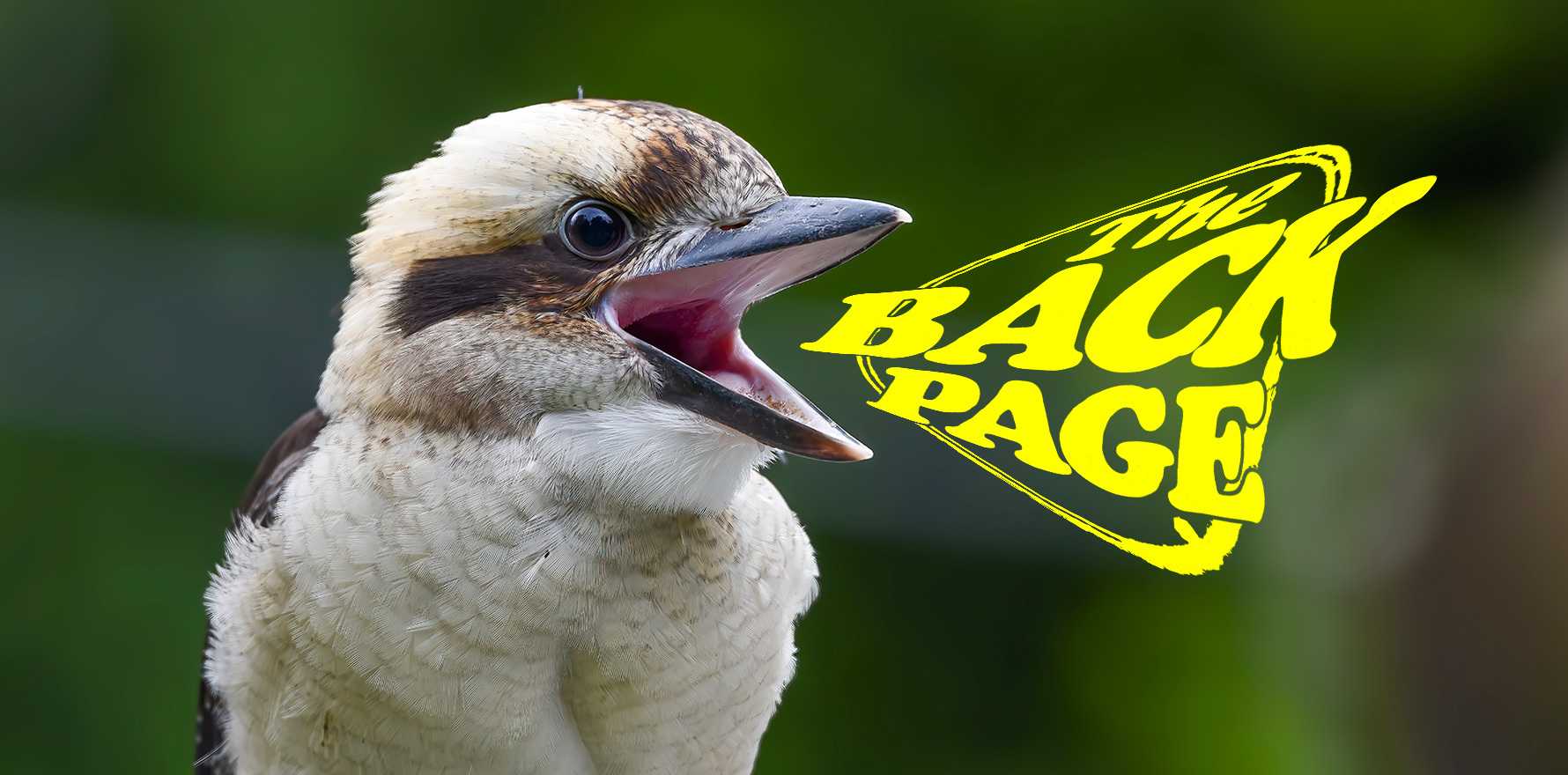A number of things stand between us and the next panny-D.
Don’t know about you, but the Back Page cannot wait for the next pandemic.
The uncertainty, the ennui and frustration of lockdowns, the testing, the wait for a vaccine, the daily roster of premiers’ briefings and case counts, all the sodding sourdough on Instagram, the paranoid nonsense and misinformation, mask face, the Zoom meetings, the QR codes …
Oh, and all the disease and death.
Not a great time.
So the bubbling stew of H5N1 clade 2.3.4.4b influenza in the US – and on every continent bar ours, including Antarctica – together with three unrelated H7 outbreaks on poultry farms in Victoria, NSW and ACT are sending drops of sweat trickling down TMR necks, despite the cold snap.
We started our week depressingly enough with a briefing for journalists from Dr Debbie Eagles and Dr Frank Wong, director and senior research scientist at the CSIRO’s Australian Centre for Disease Preparedness – the body that monitors for and mitigates animal outbreaks like this.
Dr Eagles and Dr Wong (who is the World Organisation for Animal Health’s avian flu expert and chair of the avian flu advisory group at the OFFLU network) painted a semi-ominous picture for Australia.
Just why we’ve had three different highly pathogenic strains of flu hit commercial bird farms in quick succession, after a total of eight since 1976, is not known, said Dr Wong: it could be the particular wild bird dynamics at the time, climate-change-related weather patterns or just coincidence.
The outbreaks are believed to be from three separate spillovers from wild birds, with the virus in each event probably turning from low-pathogenic to high-pathogenic once it found its way into chickens. It only takes a single-gene mutation for this to happen, Dr Wong said, and once in a densely populated farm environment, “the attack rate is very rapid … it burns through the population”.
None of the three strains has yet caused a human infection, Dr Eagles said, though there are specific mutations that make mammalian infection much more likely, as has happened overseas – including in wild mammals such as sealions.
There’s a high likelihood that the H5N1 currently raging through poultry and livestock in the US will reach us eventually, she said, and “Australia’s doing a lot of preparedness work around that”.
However, the probability of it causing human disease – no one even whispered the word “pandemic” during the briefing – was presently regarded by the WHO and others as low, Dr Wong said, as it was “still very much a bird virus”.
Dr Wong said the very small number of human cases in the US were in people who were handling infected birds or livestock, either as farm workers or in outbreak control.
These infections had been very mild, presenting mostly with conjunctivitis and in one case respiratory symptoms that resolved quickly.
Dr Wong called these “deadend infections” – acknowledging that this might not be the perfect term for it – where “the virus spills over from an infected bird or infected animal into humans, and then, because it’s not adapted to infection in humans, it can’t be easily transmitted from human to human, so basically stops there. The infection is due to the exposure to heavy virus contamination from … working at an infected property or coming into contact with infected livestock.”
As for transmission routes, while in the US the H5N1 infection is thought to have been spreading among livestock via contaminated milking machines, the H7 strains in Australia had been using a range of pathways: airborne, water and fomites.
Dr Eagles offered reassurance that Australia has “excellent” response plans ready for a range of diseases and that biosecurity protocols had been implemented in the affected states.
Where does that leave us? Somewhere between nervously drumming our fingers and actually dusting off the old N95s?
Dr Nicole Lurie, executive director of preparedness and response at the Coalition for Epidemic Preparedness Innovations, told Nature that CEPI’s approach was currently one of “calm urgency” – “like putting our shoes on in case we need to start running”.
That’s ominous enough to lift the pulse rate a beat or two, but don’t dig out the sourdough starter just yet.
Send ominous-slash-reassuring story tips to penny@medicalrepublic.com.au.


